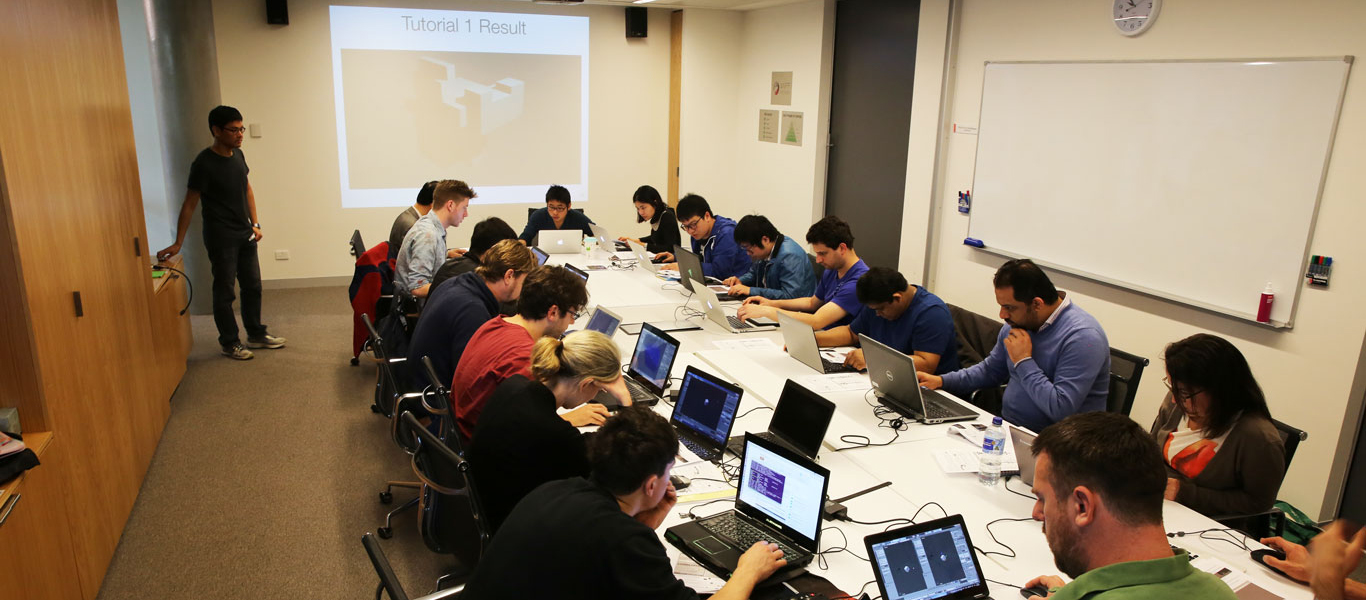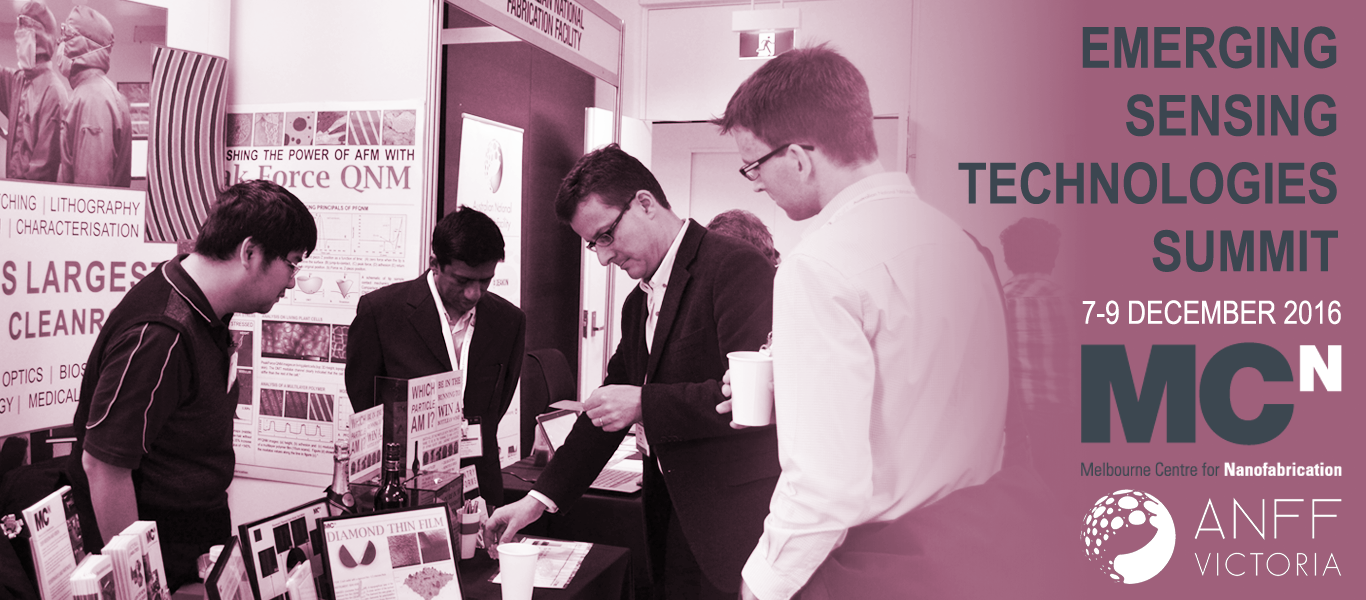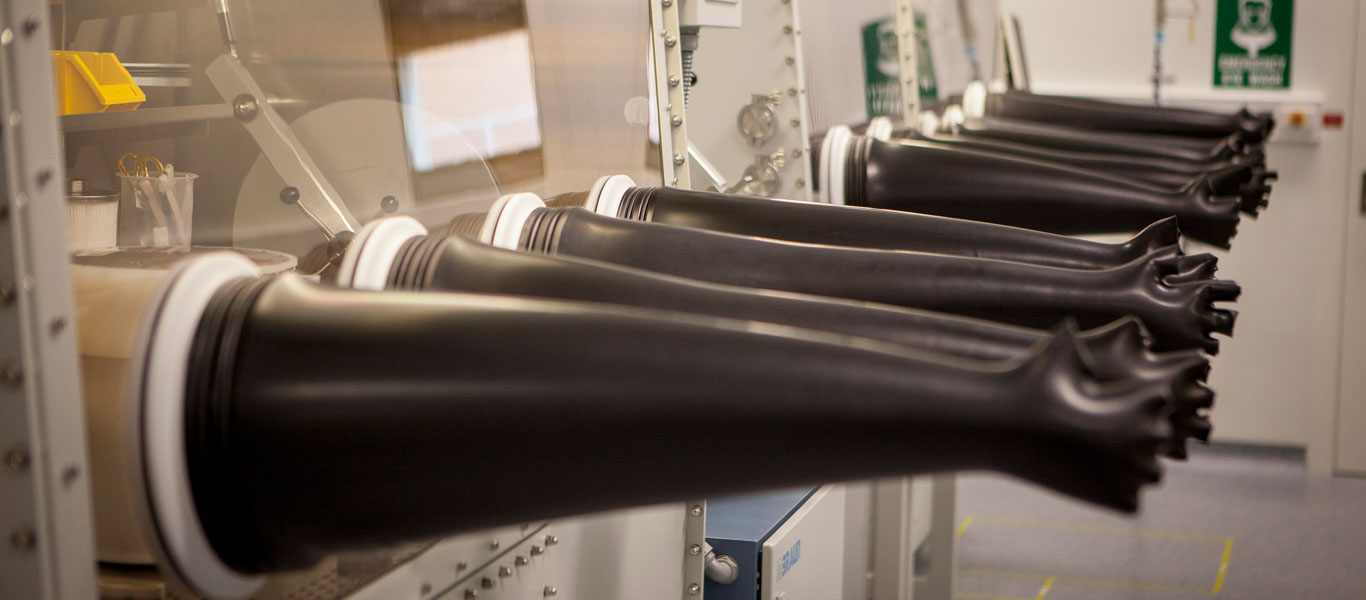Swinburne researcher awarded Victorian Fellowship
Dr Peng-Yuan (George) Wang has been awarded a Victoria Fellowship to assist with an international study mission.
George, who is an ARC Discovery Early Career Researcher Award Fellow at Swinburne, has been studying stem cells, nanofabrication, and advanced materials for more than a decade, researching how surface properties influence stem cell behaviour.
He has been making use of the UV/Ozone cleaner and a plasma reactor at the ANFF-Vic Biointerface Engineering Hub based at Swinburne to clean and pretreat surfaces, as well as the Melbourne Centre for Nanofabrication’s atomic force microscopy (AFM), Reactive Ion Etching (RIE) and confocal microscopy capabilities.
George is one of 12 early career researchers to be awarded the Victoria Fellowship by the Victorian Government valued at up to $18,000. He will visit two world-leading labs in stem cell research and bioengineering in the USA and Canada.
For more details head to the Swinburne website.
MCN staff recognised with Frater Awards
Two of MCN’s staff were recognised with Frater Awards at this year’s ANFF Annual Research Showcase, held 15-17 November 2016.
Named after ANFF’s first chairman, Dr Robert Frater AO (pictured far right), Frater Awards are a professional development award given to ANFF staff for outstanding achievement. The award funds local or international travel aimed at fostering technical and professional growth.
MCN staff recognised were Dr Yang Lim (pictured centre left) and Dr Hemayet Uddin (pictured centre right).
Yang is heading to Canada to train with experts in Intlvac Thin Film Corp extensive development laboratory increase her knowledge of advanced electron beam evaporation techniques.
Hemayet will use the opportunity to travel to Switzerland for on-site training at SwissLitho, IBM and ETH to strengthen his expertise in Thermal Scanning Probe Lithography (t-SPL) and related supporting processes.
MCN would like to congratulate both Yang and Hemayet, as well as the other award winners, Dr Li Li (ANFF-ACT), Dr Wael Al Abdulla (ANFF-Q), and Dr Donghoon Chang (ANFF-SA).
ANFF-Vic Image of the Year Competition
This competition is now closed. Please head to the news feed for the latest information.
It’s time to enter ANFF-Vic’s Image of the Year Competition.
The winner will receive a $200 cash prize as well as recognition through our media channels and featured placement on Nanomelbourne.com.
Submissions are now open – send your high resolution images of work conducted within ANFF-Vic in jpg, png or tif format to mcn-images@nanomelbourne.com with a short description of the image.
In this year’s competition, the public will decide the winner. Once a shortlist has been selected, we will upload the images to our twitter page, @Nanofab, and the image with the most likes and shares will win.
All users are eligible, there is no limit to the number of times that you can enter, and no particular theme for the competition.
Get submitting!
New case studies available
MCN is now on Twitter
 MCN has entered the world of Twitter, follow @Nanomelb for the latest news, events, photos and more.
MCN has entered the world of Twitter, follow @Nanomelb for the latest news, events, photos and more.
You can also follow our LinkedIn account for more updates from MCN.
Blender training days a success!
MCN has been conducting a series of introductory training events for using the Blender suite to create publication quality images.
Led by MCN staff member, Soon Hock Ng, the 3D graphics workshop introduced attendees to Blender, an open source 3D creation suite. It was aimed at people who had not used Blender before or haven’t done any non-CAD 3D modelling. The hands-on workshop began with the basics of interface navigation and simple modelling, and covered rendering, materials and lighting as well as some beginner particle effects, before exhibiting some advanced techniques for the attendees to practice.
“Skillsets in this area (3D rendering) are already important across all realms of science, and the bar is rising every day. It has critical impact on our ability to publish, convey information and ‘sell’ our science,” – Dr Shaun Howard, an attendee from CSIRO Manufacturing.
With around 50 participants from various Victorian universities and CSIRO, the workshops were regarded as an enormous success and laid a good foundation to continue this sort of training as part of MCN’s offerings.
“I found the workshop to be very informative and practical,” Ashley Roberts, an attendee from Monash University said. “Soon Hock was great, and after participating, I feel confident I will continue developing my skills using the software.”
Be sure to keep checking the MCN events page and follow the link at the bottom to be kept up to date on upcoming MCN training days and events.
Come and see us at ESTS’16
The ANFF-Vic team will be exhibiting at the Emerging Sensing Technologies Summit 2016 (ESTS’16), held in Melbourne, Australia from 7-9 December 2016.
The event will bring together leading researchers from Australia and abroad to discuss the latest innovations in sensing technology.
ANFF-Vic engineers will be available to answer any questions you have about the centre, its capabilities and opportunities for research to be conducted at the facility.
The summit will host talks given by experts from both academia and industry throughout the three days, investigating recent and future developments in sensing technology.
This year’s themes include optical and microwave sensors, chemical and gas sensors, biosensors, sensing materials, thick and thin film sensors, antennas, ultra low power sensors, flexible and wearable sensors, remote sensing, imaging, radar sensors, sensor modelling, extreme sensing, single chip sensors, machine olfaction for environmental sensing, and sensor networks.
The conference’s venue, Rydges on Swanston, is within walking distance to Melbourne University, RMIT, Queen Victoria Market, Melbourne Museum and Melbourne Central station.
End-of-year closing dates
Over the holiday period, MCN will be closed to users from 17 December 2016, to 8 January 2017. Staff will be contactable until 21 December 2016 and from 3 January 2017. Access during this period will be granted by special application only.
If you have any questions about the holiday shutdown or would like to apply for access during this period, please contact Paul Spizzirri.
2016 Client Satisfaction Survey now available
To ensure we continue to provide the best service possible, we are once again asking users to complete a short survey to provide us with feedback on their experiences with MCN.
All responses are anonymous, and the survey should only take around five minutes to complete.
Please follow this link to participate.

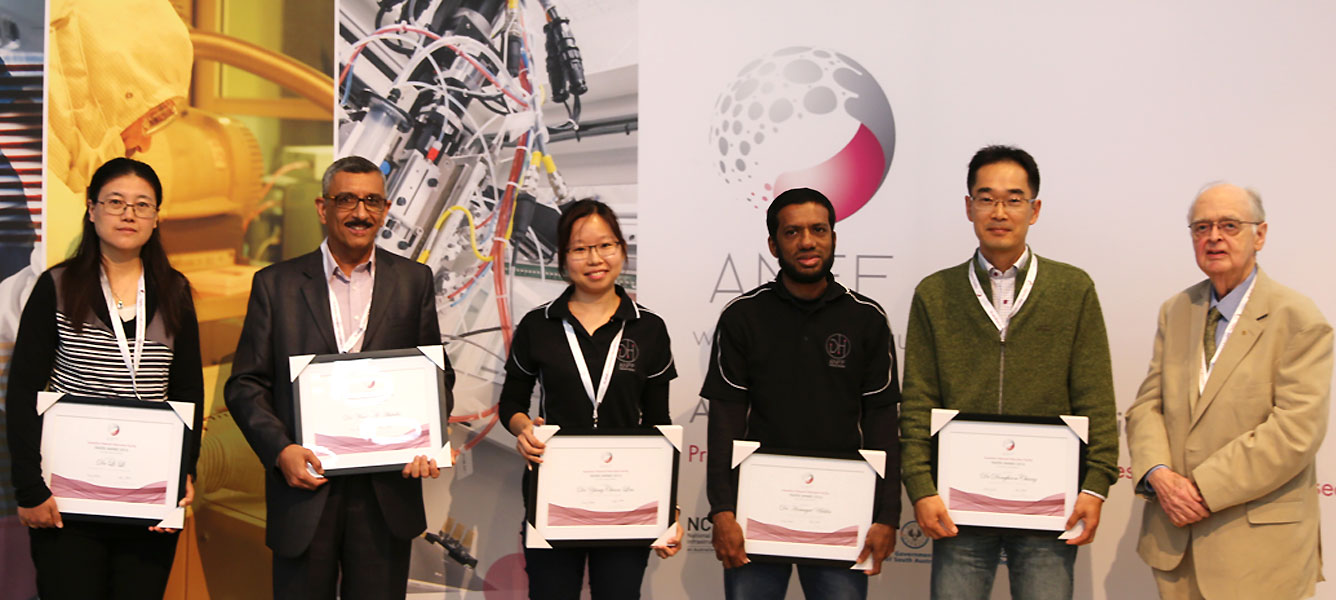
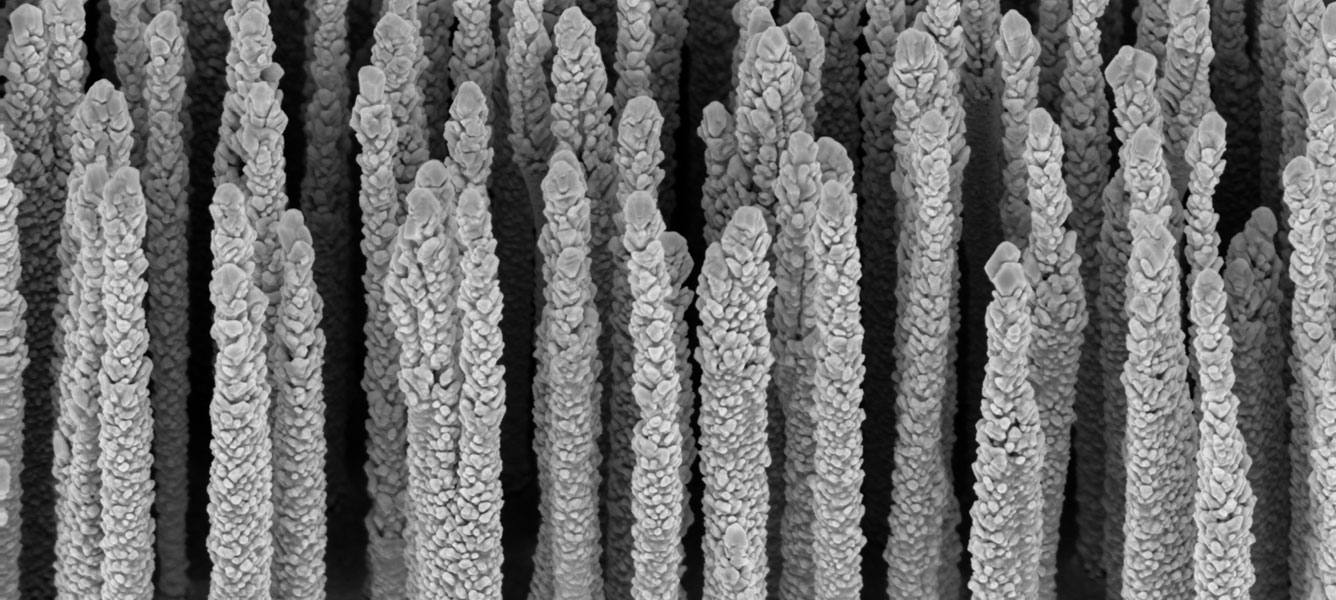
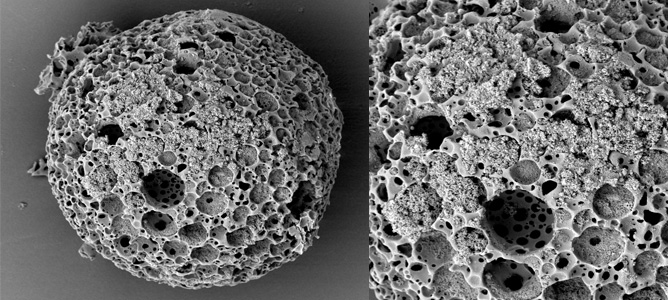
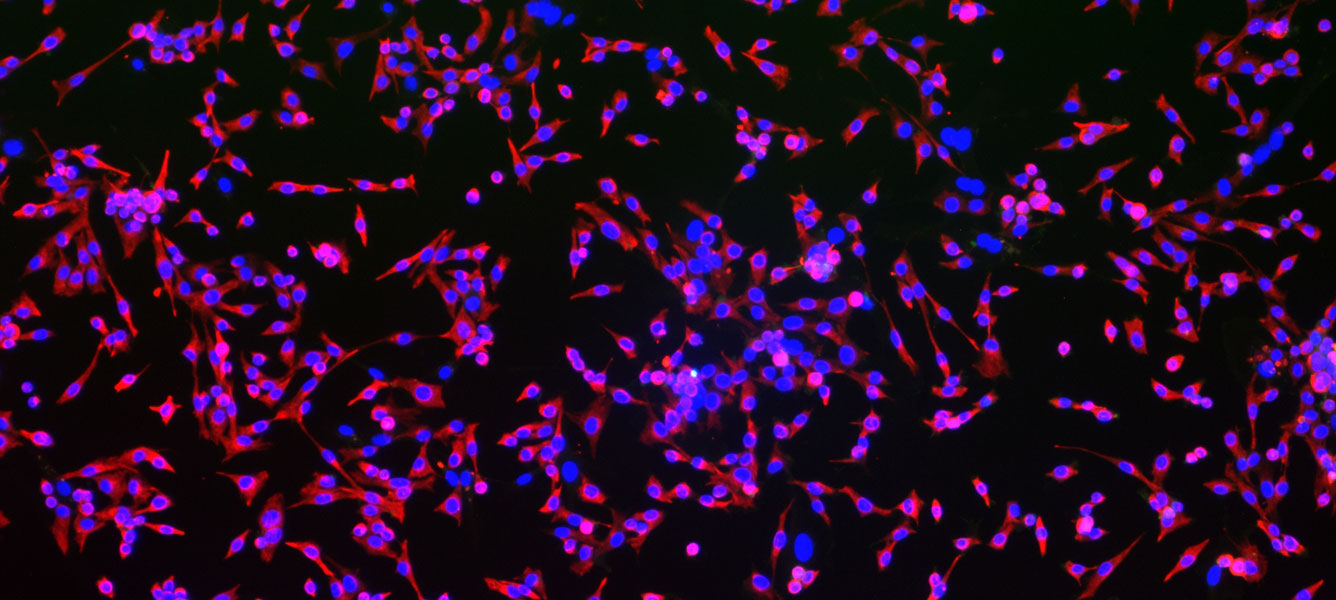
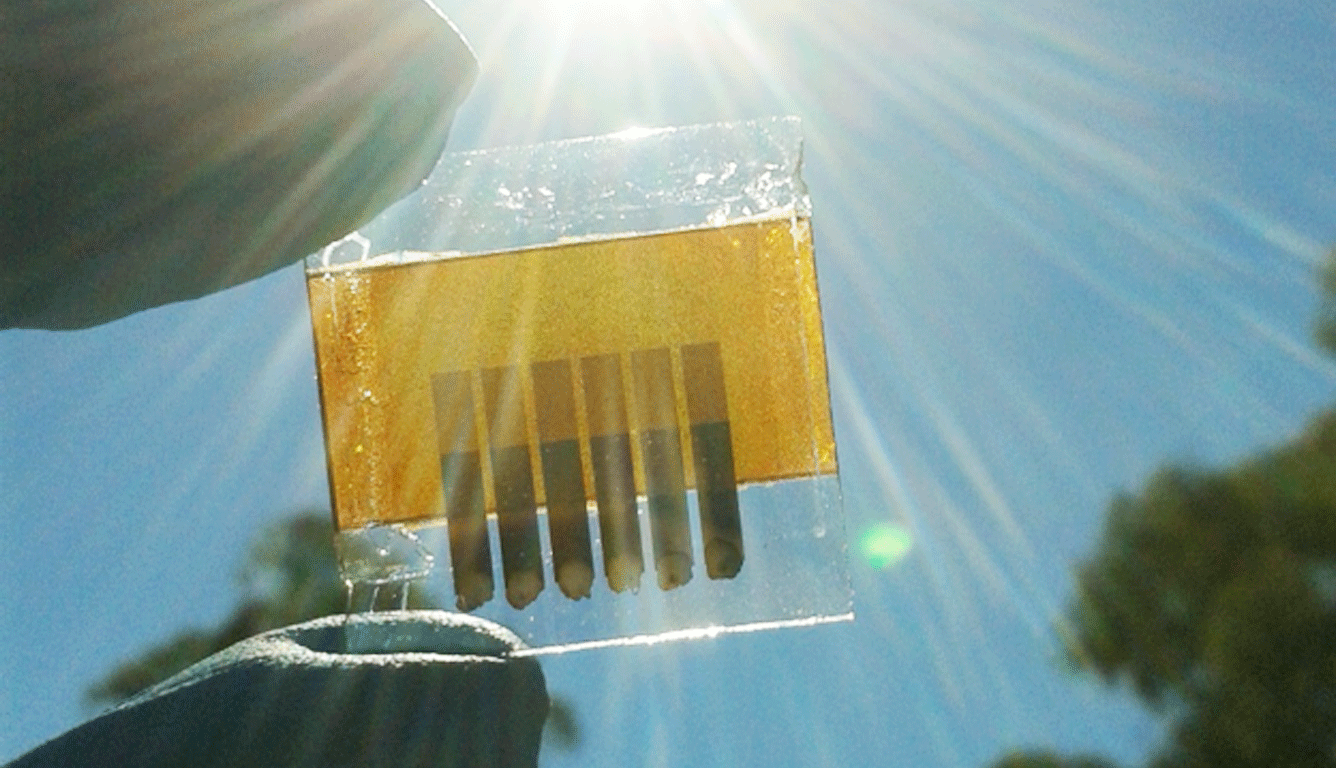
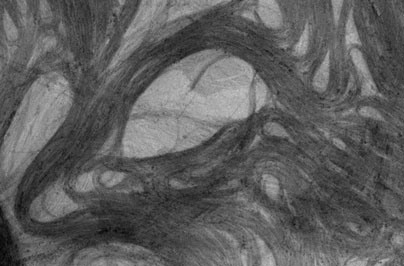
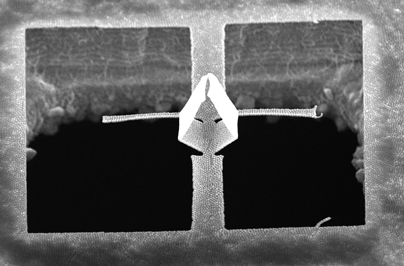 Professor Wenlong Cheng has been investigating how to make an unusual class of materials with exotic properties and unprecedented real-world applications.
Professor Wenlong Cheng has been investigating how to make an unusual class of materials with exotic properties and unprecedented real-world applications.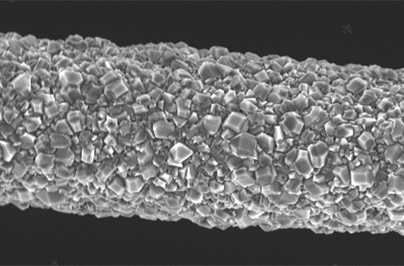 A team of Victorian scientists have coated carbon fibre with diamond, enhancing the material’s usability in medical and sensor applications where the composite material offers huge potential advantages.
A team of Victorian scientists have coated carbon fibre with diamond, enhancing the material’s usability in medical and sensor applications where the composite material offers huge potential advantages.